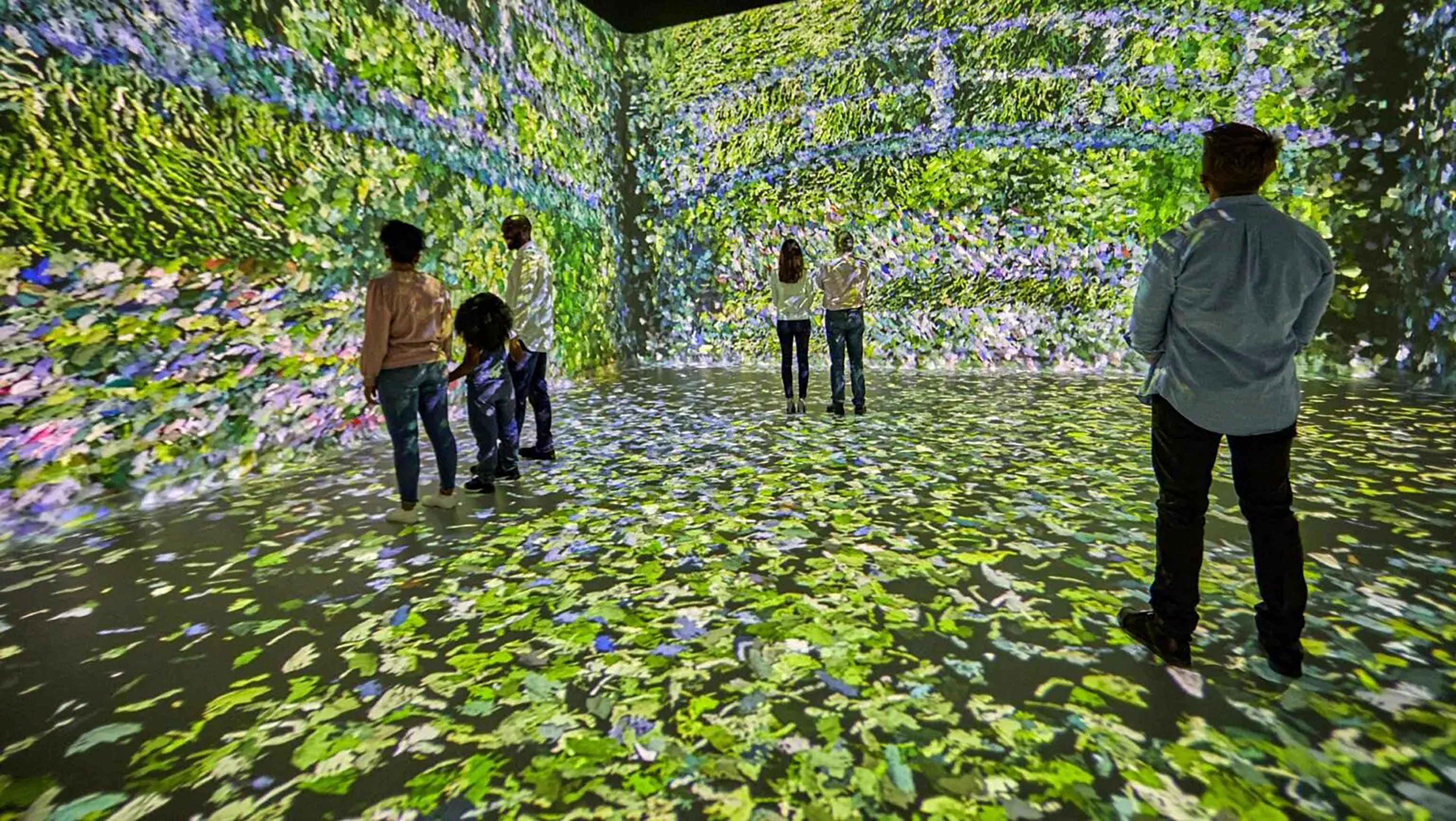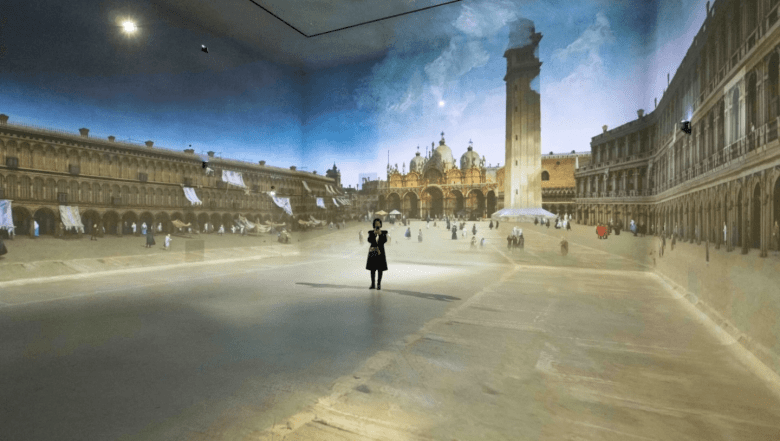Community Spotlight: Luke Halls

For almost thirty years, video designer Luke Halls has been at the heart of the live entertainment industry, creating standout show visuals across a variety of genres including music, opera, and theatre. His work has played a pivotal role in both championing emerging tools like projection mapping, and advancing their development through the innovative productions designed by his own studio, Luke Halls Studio.
Early work: Finding a way into the live events industry
Luke’s first steps into the creative world came through a work experience placement, at a post-production house in Soho. Working on desktop video in the late 1990s, it was an exciting time, and things were changing. “I’d known that I wanted to be involved in events since I was very young,” he says. The placement offered a chance to get a foothold in that space.
Luke soon found himself working on the event visuals for some of the biggest acts in the world, quickly learning what elevates a good show into an unforgettable one. Working on projects for U2, Genesis, George Michael and Elton John as well as tours for internationally renowned DJs, his experience varied greatly and he was exposed to some of the best in the business. “Having your work seen by hundreds of thousands of people was incredible. It was a real defining moment of my career, and I was lucky to experience that early on.”
The benefits of a broad range of experience
Luke’s approach to work in his early years was to ‘just keep going’. He picked up as much as he could from each project, and took on a wealth of knowledge that drew on experiences from across the live events industry.
Today, he sees this period as one that was filled with good fortune. “I was lucky to have experienced work across lots of different genres,” he says. “I got involved in touring music, and then transferred over to opera, to theatre, and other experiences. I was lucky, also, to see such a wide array of design ideas.”
With each new project, Luke soaked up the different approaches he encountered, and before long he was able to see new opportunities in different mediums.

Transferable skills: Making the most of past experiences
One of Luke’s proudest projects was his work on the Royal Opera House’s 2014 production of Don Giovanni, which ran on Disguise. “I had first encountered Disguise working on rock and roll tours in 2005,” he says, “but we were among the very first productions to start using it in an operatic setting for Don Giovanni.”
The show was the first of its kind, with a fully tracked revolving two-storey set complete with doors, staircases and windows. Luke and the team were able to use Disguise’s 3D stage simulator to explore, develop and test looks as if it were a dynamic storyboard, as well as ensuring pixel-perfect projections across all moving surfaces.

Pushing the industry forward
In 2017, Luke’s team attempted their boldest design yet for a production of Carmen at Bregenz Festival in Austria. On a colossal stage that appeared to float in the waters of Lake Constance, Luke pushed the boundaries of projection mapping in live entertainment. Two giant hands towered twenty metres over the actors on stage, appearing to let loose a flurry of gigantic playing cards. These cards - and indeed the whole set - were given life by projections mapped to the complex design.
With a 30-year portfolio as diverse as Luke’s, he’s worked on nearly every kind of project across the live events spectrum. But this year marked a true milestone: the opportunity to work on one of his dream projects, Eurovision 2025. From crafting all of the house looks and Swiss performances, to contributing to several international acts, Luke’s creative vision continues to captivate audiences around the world.
“Without Disguise, these productions would have been very difficult to realise”, Luke notes. “Disguise has been ahead of the curve over the years, allowing you to do so much with just a few tools. But I was also lucky to be working with proper veterans of the industry, who I learnt a lot from, and have huge respect for.”

Creating Luke Halls Studios
Working with these experts gave Luke the drive to start his own studio back in 2009. “You can be heavily involved in shows even if you’re designing for someone else. But it’s important to get your own gigs too.” He took his hard-earned knowledge and, starting small, built Luke Halls Studio organically. Today, the studio has 15 employees, who Luke describes as all sharing the same approach when it comes to their work: ‘don’t accept the first idea’. “That’s where everyone else will go,” he explains. “You can’t be unique doing that. What drives us as a studio is the desire to create the best possible work.”
Advice for the next generation
Along with pushing beyond the first idea in order to push the bounds of imagination, Luke encourages aspiring professionals to choose the work that makes them most happy, rather than chasing new technology for the sake of it. “Newness does not necessarily mean greatness,” he says. “Our job as designers is to tell stories, so make sure that is foremost in your plans. The technology is there to assist, but without a good story it means nothing.”
For Luke, it’s never been about chasing trends - it’s about crafting unique moments that resonate. It’s that approach which has kept his work at the forefront of the live events industry throughout his career, and will continue to do so for years to come.
Image credits: Luke Halls Studio
How Luke Halls Studio streamlined projection mapping workflows with Mapping Matter
Read now